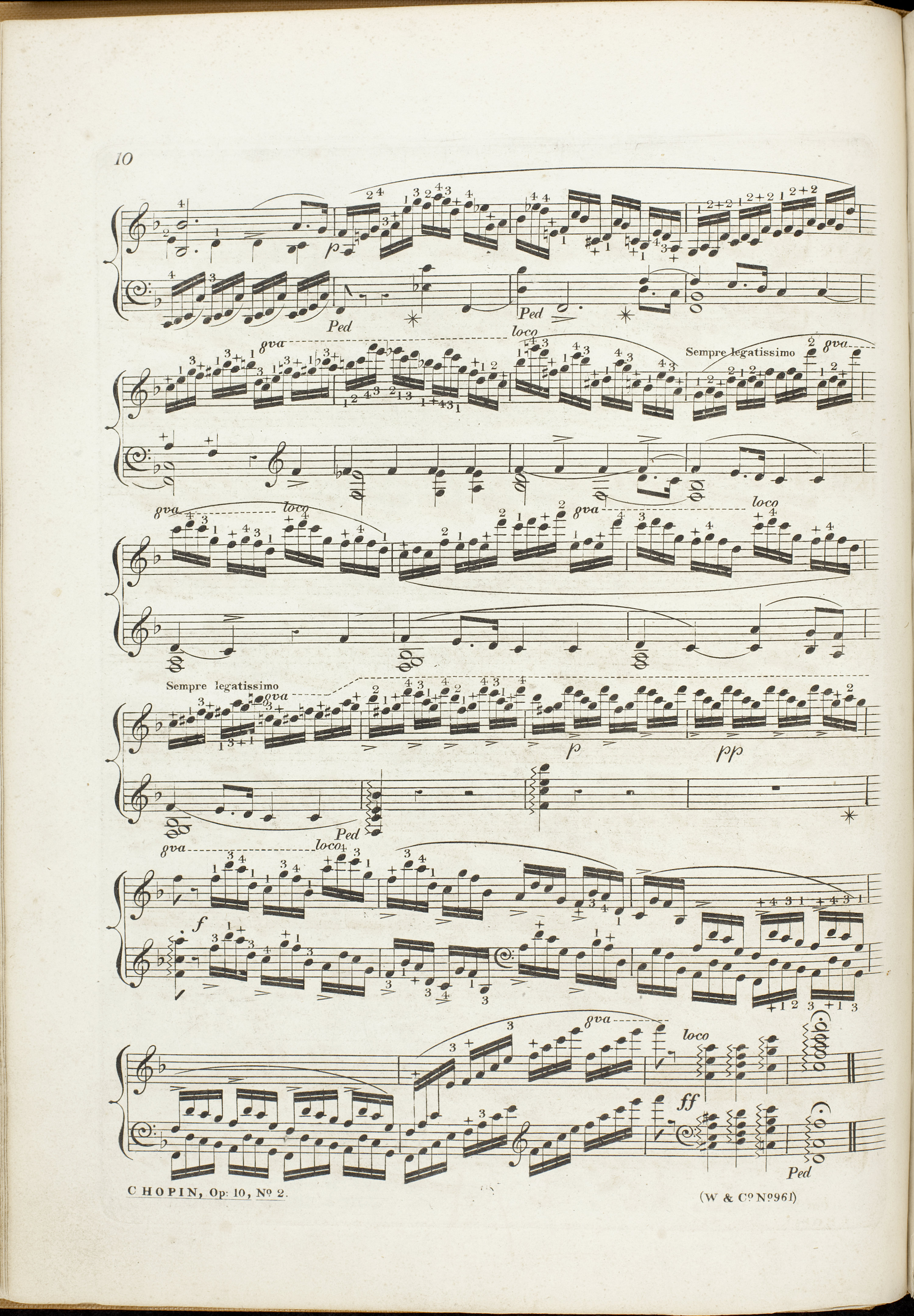



Determining the sound of the 2nd and 14th semiquavers, which would be reliable from the point of view of the sources, poses some difficulties. A and GE1 do not have any accidental before the 2nd semiquaver, which means that the  featured in this place in FE (→EE) was added in the last proofreading of FE. Both sources are missing an accidental before the 14th semiquaver. Therefore, it would appear necessary to adopt e3 for the 2nd note and e2 for the 14th. However, a number of relevant arguments indicates the correctness of the version with e
featured in this place in FE (→EE) was added in the last proofreading of FE. Both sources are missing an accidental before the 14th semiquaver. Therefore, it would appear necessary to adopt e3 for the 2nd note and e2 for the 14th. However, a number of relevant arguments indicates the correctness of the version with e 3 and e2, as the aforementioned sources probably contain mistakes:
3 and e2, as the aforementioned sources probably contain mistakes:
-
e
 3 as the 2nd semiquaver naturally continues the sound of the e
3 as the 2nd semiquaver naturally continues the sound of the e sounds belonging to the harmony of the previous bar, particularly e
sounds belonging to the harmony of the previous bar, particularly e 3 as its penultimate semiquaver; in turn, e2 as the 14th semiquaver prepares the dominant chord to F major, prevailing in this bar, with e1 on the 2nd crotchet in the bar;
3 as its penultimate semiquaver; in turn, e2 as the 14th semiquaver prepares the dominant chord to F major, prevailing in this bar, with e1 on the 2nd crotchet in the bar; -
despite minor difference in the shape of the figuration, bar 80 is a repetition of bar 76, in which the presence of e
 2 and e1 does not raise any doubts in the authentic sources;
2 and e1 does not raise any doubts in the authentic sources; -
it is very likely that Chopin forgot to insert a
 before the 2nd note in bar 80; such kind of omissions of accidentals belongs to his most frequent errors; particularly in bar 79 there are no flats before the first e
before the 2nd note in bar 80; such kind of omissions of accidentals belongs to his most frequent errors; particularly in bar 79 there are no flats before the first e 1 in the L.H. and e
1 in the L.H. and e 3, the 15th semiquaver in the R.H.;
3, the 15th semiquaver in the R.H.; -
before the 2nd note in bar 80 the engraver of FE could have put a
 instead of
instead of  by mistake; this kind of mechanical errors are often to be found in, e.g., FE of the Etude in F minor, Op. 25 No. 2, bar 44 and FE2 of the Etude in F minor, Dbop. 6 No. 1, bar 18. Such errors (which were then corrected) were also committed on the 5th semiquaver in bar 79 of the discussed etude, as well as in, e.g., bars 7, 18, 21 of the Etude in E
by mistake; this kind of mechanical errors are often to be found in, e.g., FE of the Etude in F minor, Op. 25 No. 2, bar 44 and FE2 of the Etude in F minor, Dbop. 6 No. 1, bar 18. Such errors (which were then corrected) were also committed on the 5th semiquaver in bar 79 of the discussed etude, as well as in, e.g., bars 7, 18, 21 of the Etude in E major, No. 11; in all places, under the flats there are visible traces of removing naturals (particularly in subsequent copies, e.g., FEJ).
major, No. 11; in all places, under the flats there are visible traces of removing naturals (particularly in subsequent copies, e.g., FEJ).
Taking into account the fact that stylistic arguments clearly advocate for the version with e 3 and e2, and that the source arguments do not exclude it, we give it in the main text.
3 and e2, and that the source arguments do not exclude it, we give it in the main text.
In GE2 (→GE3→GE4) there are added flats before both discussed notes, which is undoubtedly an arbitrary revision (analogous to the revision introduced in bar 76).
Compare the passage in the sources »
category imprint: Interpretations within context; Differences between sources; Editorial revisions
issues: Errors in FE, Authentic corrections of FE
notation: Pitch





 &
& 